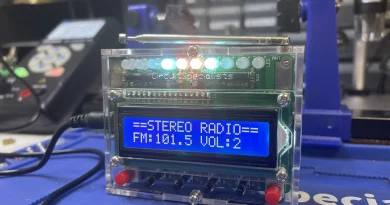Lead-Free Solder and Soldering Stations
Traditional soldering of electronic devices has typically been done using solder composed of tin and lead. The ROHS directive, however, requires that solder used in electronic assemblies shipped to or manufactured in Europe be free of lead. This has resulted in the use of solder alloys that do not contain lead. Lead was used in standard solder so as to reduce the melting point and therefore expose the electronic components and boards to less heat; the use of lead-free solder requires the use of higher temperatures from your soldering station.
There are many different lead-free alloys used for electronic assembly work, but the most commonly used alloy combinations are comprised of tin, tin/silver, or tin/antimony. The three most common types are denoted by their tin content: SN99 (99.3 % tin/0.7 % copper), SN96 (96.5 % tin/3 % silver/0.5 % copper), and SN95 (95 % tin/5 % antimony).
The different solder types have different melting points and therefore require different soldering station temperatures. As a reference point, standard tin/lead solder SN63 (63 % tin/37 % lead) melts at a temperature of 183°C and SN60 (60 % tin/40 % lead) melts between 183 and 188°C. The SN99 melts at 232°C , the SN96 at 221°C, and the SN95 between 232 and 240°C.
From these temperature values we see that these varieties of lead-free solder require soldering temperatures approximately 40 to 60° hotter than standard solder. This increases the potential for damage to the circuit board and components. Therefore it is very important to use the correct soldering temperature when working with lead-free solder. The soldering station temperature should, as always, be adjusted to the minimum temperature required to produce a reliable solder joint — too low a temperature could result in cold solder joints and too high a temperature could damage the components or the circuit board.
Lead-free solder is being used in a large number of electronic assemblies in consumer and industrial markets and, to accommodate the needs of our customers, Circuit Specialists stocks two traditional tin/lead solder alloys as well as two different lead-free alloys. Part number 4901-xxx (SN99) and 4900-xxx (SN96) are both lead-free solders, and 4894-xxx (SN60) and 4994-xxx (SN63) are traditional lead-bearing solders.
It is important to note that in order to maintain ROHS compatibility you must also make sure to use the lead-free solder wick — denoted by “ –LF” in the part number — when performing rework or repairs on ROHS-compliant assemblies. Circuit Specialists carries an array of soldering stations capable of providing higher temperatures for soldering with lead-free solder.
